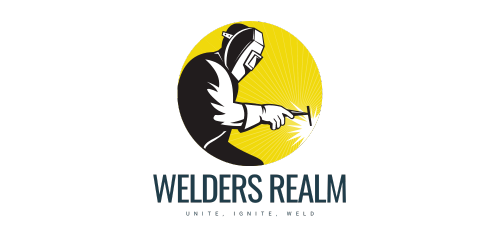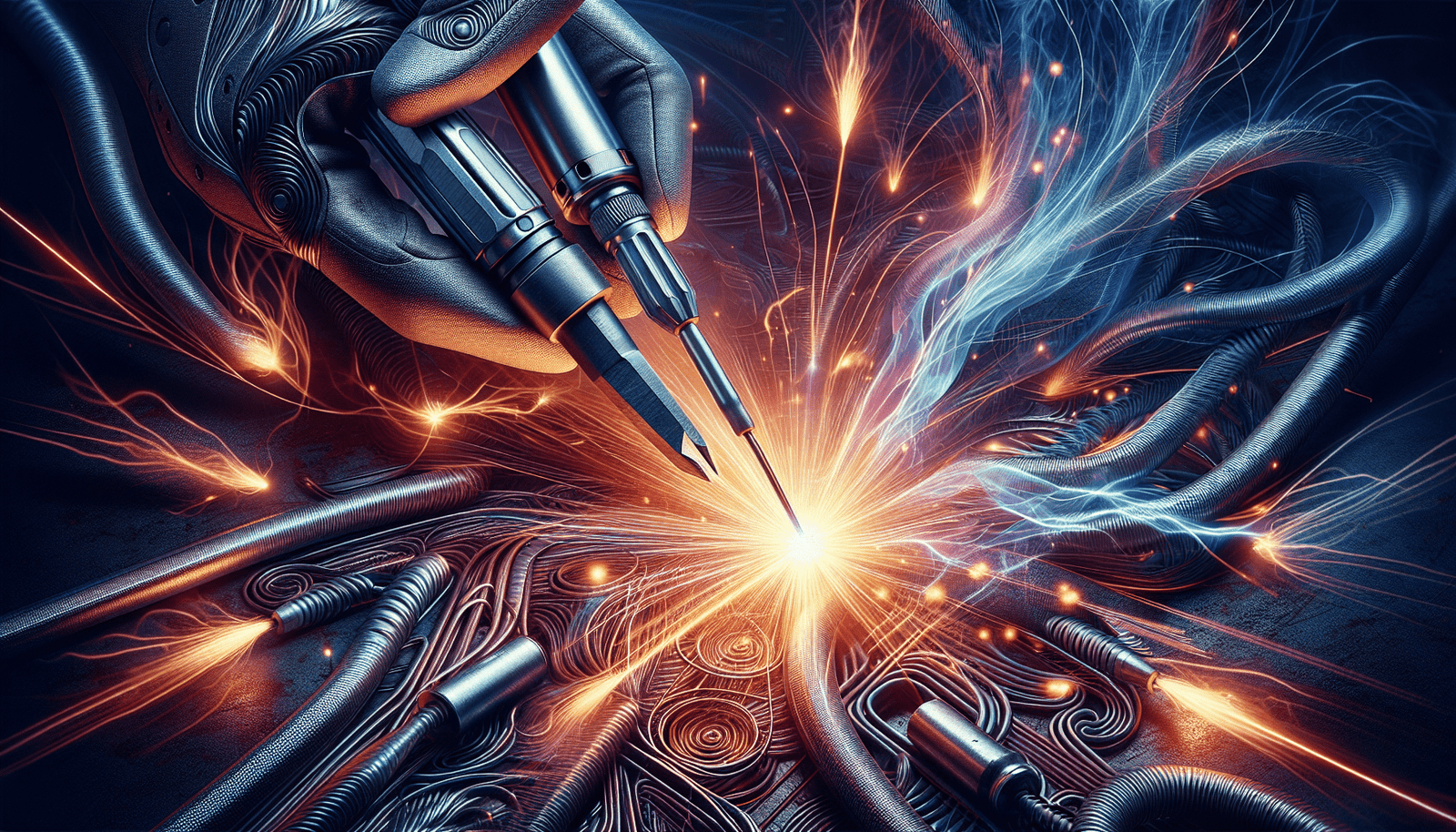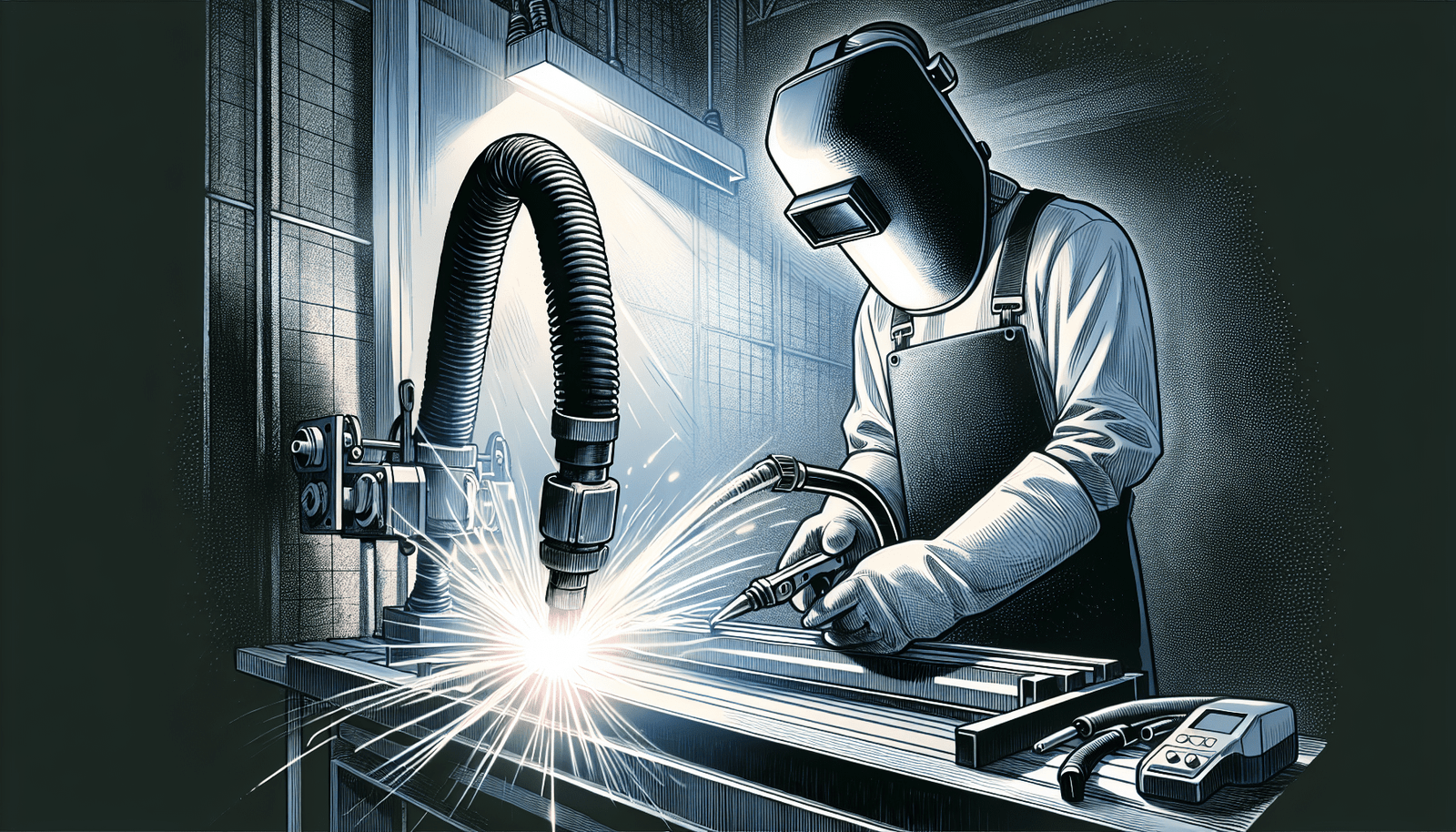Are you interested in learning the basics of pipe fitting? Whether you’re a welding guru or someone searching for welding product reviews, this article is here to provide you with all the information you need. In a friendly and approachable tone, we’ll tackle frequently asked questions and address the key points you should know. No need to worry about technical jargon – we’ll keep things simple and easy to understand. By the end of this article, you’ll have a solid understanding of pipe fitting and be ready to dive into this field. So, let’s get started and explore the world of pipe fitting together!
Overview of Pipe Fitting
Pipe fitting is a critical component of various industries, and understanding its definition, purpose, and usage is essential. Pipe fittings are used to connect and manipulate pipes, allowing for the efficient flow of liquids or gases. They ensure that pipes are properly aligned and securely joined together, preventing leaks and ensuring the overall integrity of the system. A pipe fitter plays a vital role in installing, repairing, and maintaining the pipe systems in different industries, ensuring their proper functioning.
Types of Pipe Fittings
There are several types of pipe fittings available, each serving a specific purpose in different applications:
Elbow Fitting
Elbow fittings, as the name suggests, allow for changes in direction within a piping system. They come in various angles, such as 45 degrees and 90 degrees, enabling pipes to be connected at different angles.
Coupling and Adaptor Fitting
Coupling and adaptor fittings are used to connect two pipes of the same diameter. Couplings typically consist of two sockets with a threaded or socket end, allowing for a secure connection. Adaptor fittings, on the other hand, enable the connection between pipes of different diameters.
Tee Fitting
Tee fittings have a “T” shape and are used to create branch connections in a piping system. They allow the fluid or gas to flow in three directions, making them suitable for various applications where branching is required.
Cross Fitting
Cross fittings have a “plus” shape with four connection points, allowing for the flow of fluid or gas in four directions. They are commonly used in applications where multiple branch connections are needed.
Cap Fitting
Cap fittings are used to seal the end of a pipe, preventing the flow of fluid or gas. They are often used for temporary closures or when extending a pipeline in the future.
Reducing Fitting
Reducing fittings are used to connect pipes of different diameters. They allow for a smooth transition between pipes with different sizes, ensuring efficient flow while maintaining the structural integrity of the system.
Unions and Nipple Fitting
Unions and nipple fittings are designed to ease the disconnection and reconnection of pipes. Unions consist of three parts – a male end, a female end, and a nut – allowing for easy removal and replacement of a section of the pipe system. Nipple fittings, on the other hand, are short pieces of pipe with threaded ends, making them ideal for connecting two female pipes.
Materials Used in Pipe Fitting
Pipe fittings are available in various materials to suit different applications. Here are some commonly used materials:
Metal pipe fittings
Metal pipe fittings, such as steel and stainless steel, are known for their durability and strength. They are commonly used in industries where the pipe system is subjected to high pressure and temperature, as well as corrosive environments.
Plastic pipe fittings
Plastic pipe fittings, such as PVC (Polyvinyl Chloride) and CPVC (Chlorinated Polyvinyl Chloride), are lightweight, cost-effective, and resistant to corrosion. They are widely used in applications where chemical resistance, low weight, and ease of installation are essential.
Copper pipe fittings
Copper pipe fittings are known for their excellent corrosion resistance and thermal conductivity. They are commonly used in plumbing and HVAC systems, where the transportation of water and gas is required.
Iron pipe fittings
Iron pipe fittings are known for their durability and strength. They are commonly used in applications where high-pressure and high-temperature conditions are present, such as steam systems.
Brass pipe fittings
Brass pipe fittings are known for their corrosion resistance and aesthetic appeal. They are commonly used in plumbing applications and in industries where a combination of strength and corrosion resistance is required.
Alloy pipe fittings
Alloy pipe fittings are made from a combination of different metals, offering a unique set of properties tailored to specific applications. They are commonly used in industries such as oil and gas, where resistance to corrosion and high temperature is crucial.
Concrete pipe fittings
Concrete pipe fittings are used in applications where strength and durability are paramount. They are commonly used in underground drainage systems and sewer systems.
Manufacturing Process of Pipe Fittings
Pipe fittings undergo various manufacturing processes to ensure their quality and performance. The commonly used manufacturing processes include:
Forging
Forging is a process where metal is shaped by applying localized compressive forces using dies and hammers. It is commonly used for manufacturing high-strength metal pipe fittings, such as steel and stainless steel fittings.
Machining
Machining involves removing material from a workpiece to create the desired shape and size. Pipe fittings that require intricate designs or precise measurements are often manufactured using machining processes.
Heat treatment
Heat treatment involves subjecting the pipe fittings to controlled heating and cooling processes to enhance their mechanical properties. It helps improve their strength, hardness, and resistance to wear and corrosion.
Surface treatment
Surface treatment processes, such as painting, coating, or electroplating, are often used to protect pipe fittings from corrosion and enhance their appearance. These treatments also provide additional resistance to chemical exposure and environmental factors.
Testing and Inspection
Pipe fittings undergo rigorous testing and inspection processes to ensure their quality and adherence to industry standards. Non-destructive testing methods, such as visual inspection, radiography, and ultrasonic testing, are commonly used to detect any defects or flaws in the fittings.
Size and Dimension Standards
Pipe fittings come in various sizes and dimensions to accommodate different pipe systems. Here are some key considerations:
Standard pipe sizes
Pipe sizes are standardized based on nominal pipe size (NPS). Common NPS sizes include 1/8″, 1/4″, 1/2″, 3/4″, 1″, 2″, and so on. The actual outside diameter (OD) and inside diameter (ID) may vary depending on the material and type of fittings.
Pipe fitting dimension standards
Pipe fittings are designed based on recognized standards, such as ASME B16.9 for steel fittings and ASTM D2466 for PVC fittings. These standards ensure compatibility and interchangeability between fittings from different manufacturers.
How to measure pipe fitting size
To determine the size of a pipe fitting, measure the outside diameter (OD) or inside diameter (ID) of the pipe and refer to the appropriate standards and charts. It is essential to consider both the size and type of fitting required for the specific application.
Installation of Pipe Fittings
Proper installation of pipe fittings is crucial to ensure the integrity and functionality of the piping system. Here are some key steps to follow:
Before the installation
Before installation, carefully plan the layout and design of the piping system. Consider factors such as pipe size, material compatibility, pressure and temperature requirements, and safety regulations. Ensure that all necessary tools, equipment, and fittings are readily available.
During the installation
During installation, ensure that the pipe and fittings are clean and free from any debris or contaminants. Properly align the fittings and pipes, ensuring a tight and secure connection. Use appropriate tools and techniques, such as pipe wrenches, thread sealants, and soldering, depending on the material and type of fittings being used.
Common issues during installation
Some common issues that may arise during installation include leaks, improper alignment, and overtightening of fittings. Be vigilant in checking for any signs of leakage and make the necessary adjustments or repairs. Ensure that the fittings are properly aligned and tightened, but avoid over-tightening, as it can damage the fittings or cause leaks.
Safety precautions
During installation, it is essential to follow safety protocols to prevent accidents and injuries. Wear appropriate personal protective equipment (PPE), such as gloves and safety glasses, when handling pipes and fittings. Use caution when working with tools and equipment, and follow industry-specific safety guidelines and regulations.
Maintaining and Cleaning Pipe Fittings
Regular maintenance and cleaning of pipe fittings are essential to ensure their optimum performance and longevity. Here are some key considerations:
Routine checks
Perform routine checks of the pipe fittings to identify any signs of leakage, corrosion, or wear. Inspect the fittings for any cracks, rust, or damage that may compromise their integrity. Clean the fittings regularly to prevent the buildup of debris and scale.
When and how to clean
Clean pipe fittings using appropriate cleaning agents and methods suitable for the specific material and application. Follow manufacturer guidelines and best practices when selecting cleaning agents and tools, such as brushes or scrapers.
When to replace pipe fittings
Consider replacing pipe fittings if they show signs of significant damage, corrosion, or wear that compromises their functionality. Regularly inspect fittings for any signs of degradation and replace them as part of a proactive maintenance program. It is important to replace fittings with compatible and properly sized replacements to ensure system integrity.
Relevant Tools and Equipment
Several tools and equipment are necessary for the installation and maintenance of pipe fittings. Here are some commonly used ones:
Comprehensive list of required tools
- Pipe wrenches: used for gripping and turning pipe fittings
- Pipe cutters: for cutting pipes to the desired length
- Thread sealants: for creating a tight seal between threaded fittings
- Soldering equipment: for joining copper pipe fittings using soldering techniques
- Pipe benders: for bending pipes at specific angles
- Flaring tools: for creating flared ends on pipes for connection with fittings
- Deburring tools: for removing burrs and sharp edges from pipes
- Cleaning brushes: for cleaning the interior surfaces of pipe fittings
How to use the tools
It is important to familiarize yourself with the proper use of each tool to ensure safe and efficient installation or maintenance. Follow manufacturer guidelines and best practices when using the tools, and seek proper training or supervision if you are not familiar with their operation.
Safety protocols with tools
Always wear appropriate PPE, such as gloves and safety glasses, when using tools. Use tools in accordance with their intended purpose and avoid using damaged or defective tools. Follow proper tool handling and storage procedures to prevent accidents or injuries.
Understanding Pipe Fitting Codes and Standards
Pipe fitting codes and standards play a crucial role in ensuring the quality, safety, and compatibility of pipe fittings. Here are some key considerations:
ASME B16 standards
ASME B16 standards are widely recognized in the industry and provide guidelines for the manufacturing, dimensions, and testing of pipe fittings. These standards ensure compatibility and consistency in design, manufacturing, and performance of pipe fittings.
Pipe fitting material codes
Different materials used in pipe fittings are assigned specific codes to identify their composition and properties. These codes help ensure that the materials used meet the required standards and are suitable for the intended application.
Pressure and temperature rating standards
Pipe fittings are subjected to various pressure and temperature conditions. Pressure and temperature rating standards, such as ASME B16.34, provide guidelines for the safe and reliable operation of pipe fittings under different operating conditions.
Best Practices in Pipe Fitting
When it comes to pipe fitting, adhering to best practices is essential for a successful and efficient installation. Here are some key practices to consider:
Importance of proper pipe fitting
Proper pipe fitting ensures the integrity of the piping system, preventing leaks, minimizing pressure drops, and maximizing efficiency. Following industry standards and guidelines, selecting the right materials, and maintaining good workmanship are crucial for achieving optimal performance and longevity.
Overcoming challenges in pipe fitting
Pipe fitting can present challenges, such as working with different materials, managing complex pipe systems, and ensuring compatibility between fittings and pipes. By staying up-to-date with the latest industry trends, continuously improving skills, and seeking expert advice when needed, these challenges can be overcome effectively.
Efficient use of resources
Efficient use of resources, such as materials, tools, and time, is important in pipe fitting. Proper planning and design can minimize material wastage, while using the right tools and techniques can enhance productivity and reduce installation time. By optimizing resource utilization, pipe fitting projects can be completed more effectively.
Future trends in pipe fitting
Pipe fitting is an ever-evolving field, and keeping abreast of future trends is important. Advancements in materials, automation, and digitalization are expected to shape the future of pipe fitting. Increased focus on sustainability, energy efficiency, and safety will also drive innovation in the industry.
In conclusion, pipe fitting is a crucial aspect of various industries, ensuring the efficient and reliable transport of liquids and gases. Understanding the different types of pipe fittings, materials used, and installation practices is essential for successful pipe system design, installation, and maintenance. By adhering to industry standards, employing proper techniques, and staying updated with the latest trends, pipe fitters can contribute to the seamless functioning of various industries.




